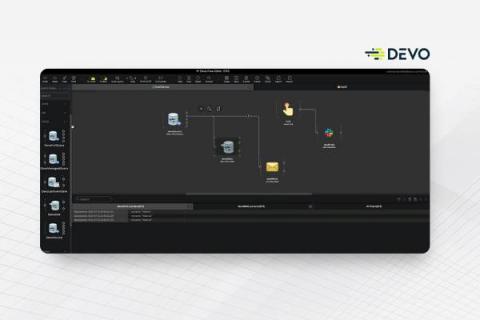Security | Threat Detection | Cyberattacks | DevSecOps | Compliance
November 2021
Using the Voronoi - Data Search and Activeboards
Searching data - Devo query lookups
Going Native: A Cloud-Shift Strategy for Your Security Operations Team
The shift to the cloud has greatly accelerated during the past year, and with that shift most cybersecurity incidents now involve cloud infrastructure. According to the 2021 Verizon Data Breach Investigations Report, 73% of cybersecurity incidents involved cloud assets — a 27% increase from last year. The 2021 IBM Security X-Force Cloud Threat Landscape Report also found there are 30,000 cloud accounts potentially for sale on dark web marketplaces.
Devo's Latest Release Empowers Analysts to Discover Threats Faster and More Accurately
Over the past 12 months, the cyberthreat landscape has become much more tumultuous. A data breach analysis from the Identity Theft Resource Center (ITRC) found that the number of data breaches publicly reported so far this year has surpassed the total for 2020. That’s alarming. To combat this constant barrage of cyberattacks, you must equip your security team with the tools they need to match the pace of today’s data growth and cybercriminals’ relentlessness.
Increase SOC Effectiveness with Streaming Analytics
Operating an effective SOC requires overcoming a wide range of challenges. Often, security teams have too many disparate tools to manage, too many alerts to make sense of, and too many data sources that prevent the team from achieving full visibility. All these hurdles can make it difficult for your SOC analysts to identify and quickly respond to suspicious behavior and indicators of compromise.






